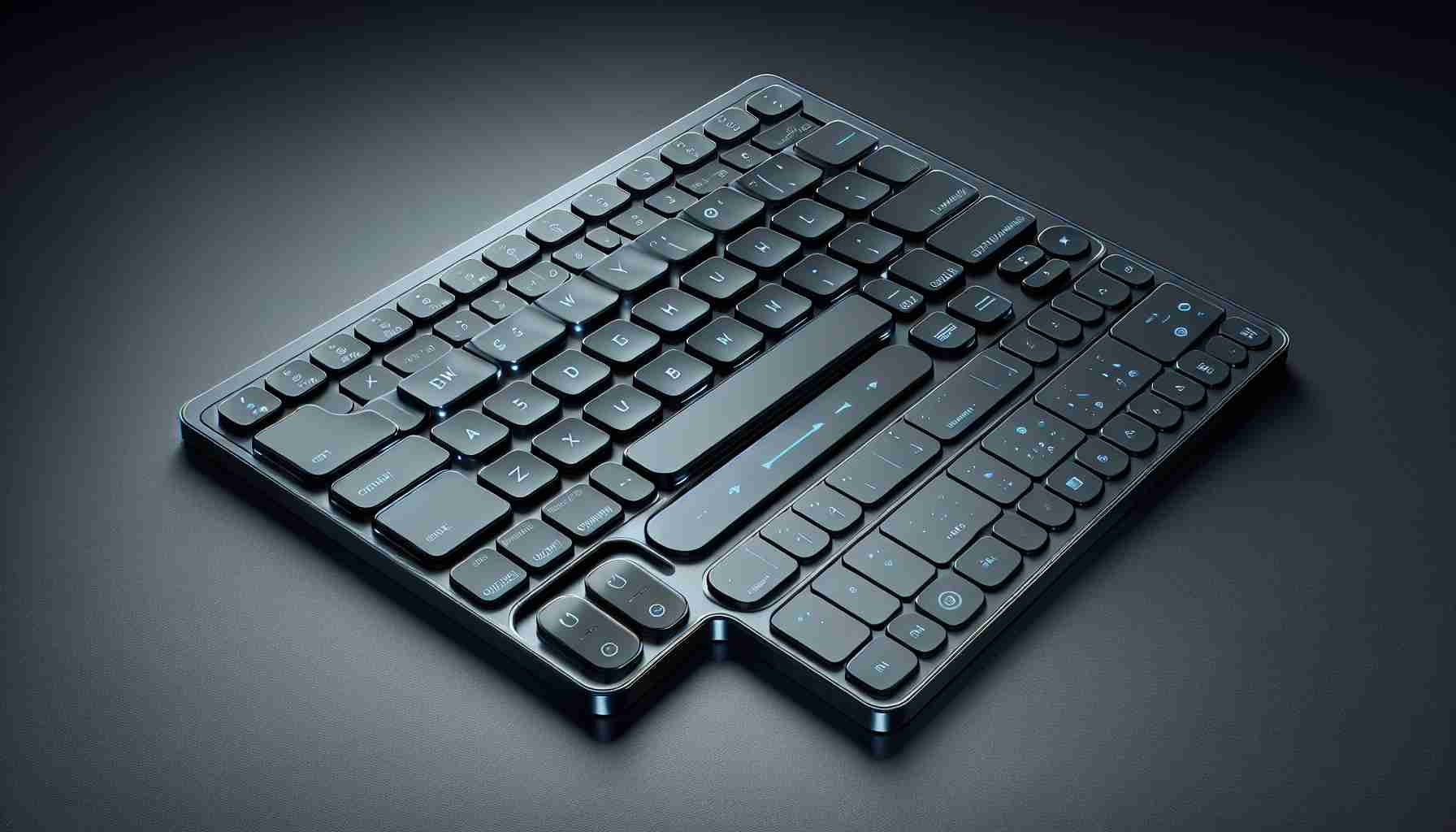Summary:
Low-profile keyboards have gained popularity in recent years due to their sleek design and ergonomic benefits. This article explores the latest innovations in low-profile keyboards, including their features, advantages, and disadvantages. It also addresses frequently asked questions regarding their usage and suitability for different individuals.
Introduction:
Low-profile keyboards are a modern solution to the bulkier and taller keyboards traditionally used. These keyboards are designed to be thinner and have shorter key travel, making typing more comfortable and efficient. As technology advances, new innovative features have been incorporated into low-profile keyboards, enhancing user experience and productivity.
Features of Innovative Low-Profile Keyboards:
1. Slim Design: Innovative low-profile keyboards have sleek and slim designs that complement modern computer setups. They are lightweight and portable, taking up less desk space compared to traditional keyboards.
2. Shorter Key Travel: Low-profile keyboards typically have shorter key travel, resulting in a more responsive typing experience. This feature allows for faster typing speeds and reduces strain on the fingers and wrists.
3. Backlighting: Many low-profile keyboards come with customizable backlighting options. Backlit keys make it easier to use the keyboard in low light conditions and improve visibility, especially during late-night work sessions or gaming sessions.
4. Wireless Connectivity: Several innovative low-profile keyboards now have wireless connectivity options such as Bluetooth or RF technology. This feature provides greater flexibility and reduces cable clutter.
Advantages of Low-Profile Keyboards:
1. Ergonomics: Low-profile keyboards help maintain a neutral wrist position, reducing the risk of developing repetitive strain injuries (RSIs) such as carpal tunnel syndrome. The shorter key travel promotes a lighter typing touch, minimizing strain on the fingers and wrists.
2. Aesthetic Appeal: With their sleek and modern design, low-profile keyboards can enhance the overall aesthetics of a workspace or gaming setup. They are often available in various color options, allowing users to customize their appearance based on personal preference.
3. Portability: The slim and compact nature of low-profile keyboards makes them highly portable. They easily fit into laptop bags or backpacks, making them ideal for those who frequently work or travel on the go.
Disadvantages of Low-Profile Keyboards:
1. Lack of Tactility: Due to their shorter key travel, low-profile keyboards may lack the tactile feedback that some individuals prefer in traditional keyboards. This can result in a different typing experience, which may take some time to get used to.
2. Limited Customization: Unlike some traditional keyboards, low-profile keyboards may have limited customization options, particularly in terms of keycaps and layout. This can be a drawback for users who require specific features or heavily rely on keyboard shortcuts.
FAQs:
1. Are low-profile keyboards suitable for gaming?
Yes, low-profile keyboards can be suitable for gaming. Their slim design and short key travel can provide a sleek and responsive gaming experience. It is important to choose a low-profile keyboard specifically designed for gaming to ensure it has features such as anti-ghosting and programmable macro keys.
2. Are low-profile keyboards compatible with all operating systems?
Most low-profile keyboards are compatible with major operating systems such as Windows, macOS, and Linux. However, it is always recommended to check the product specifications for compatibility with specific operating systems.
3. Can low-profile keyboards be as durable as traditional keyboards?
The durability of a low-profile keyboard depends on the quality of its construction. Some low-profile keyboards are made with high-quality materials and can be just as durable as traditional keyboards. It is advisable to read reviews and choose a reputable brand for higher durability.
Sources:
– How-To Geek
– TechRadar
– MakeUseOf
The source of the article is from the blog elperiodicodearanjuez.es
